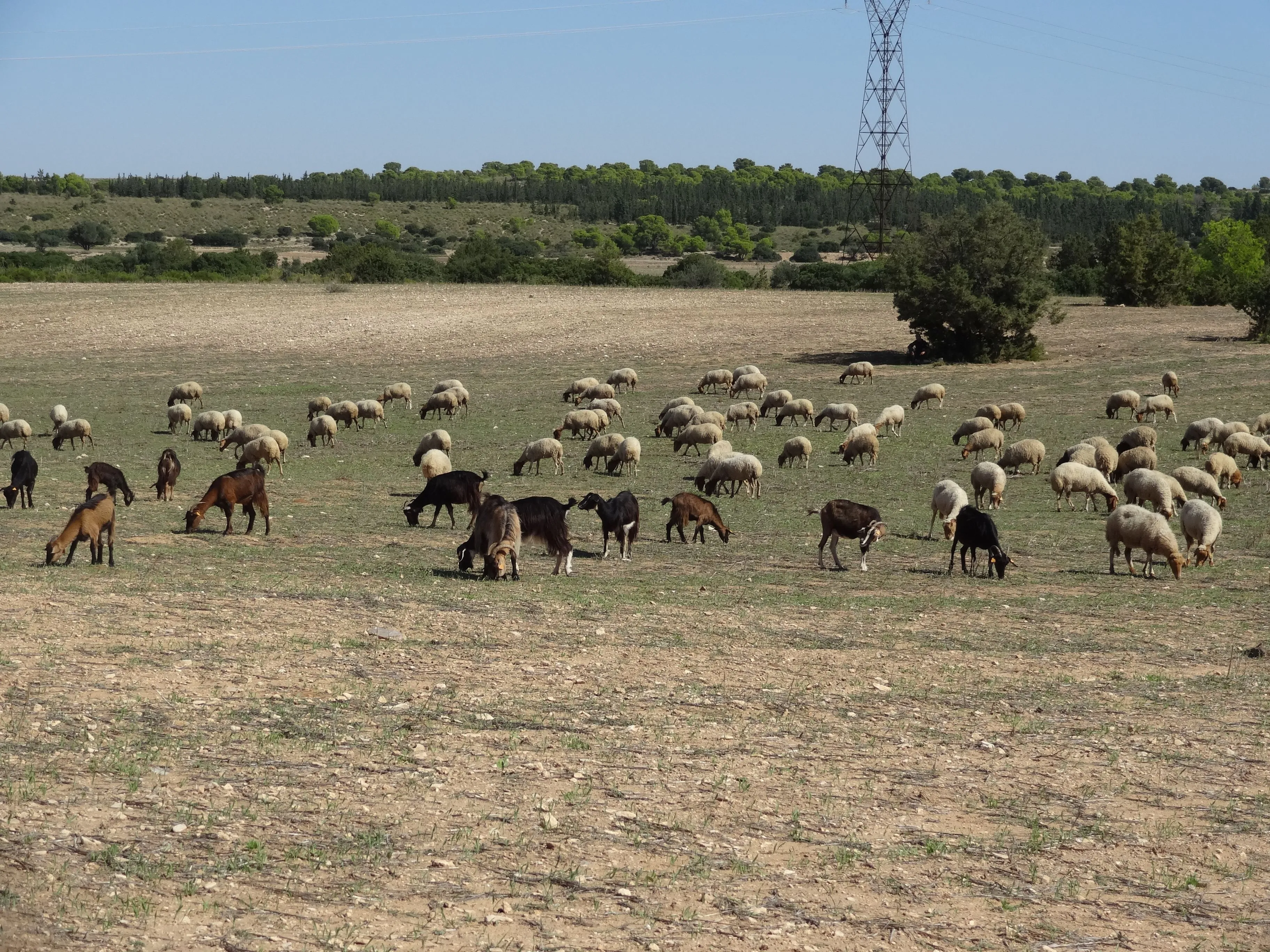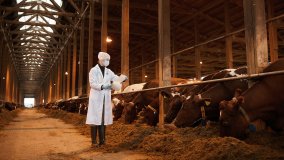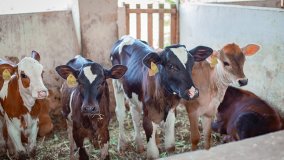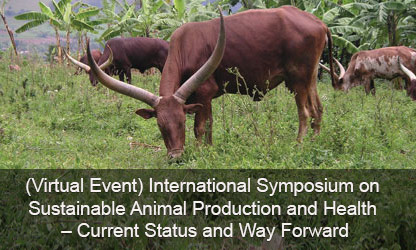Transboundary and zoonotic animal diseases kill and impair animals, pose challenges to food production and distribution, threaten public health, and affect rural livelihood. Nuclear and related immunological and molecular techniques are essential tools in the early, rapid and accurate diagnoses of such diseases.
Animal diseases have increasingly become a problem, in particular those that have the potential to spread across borders or from animals to humans (zoonotic diseases). Not only do they kill animals and threaten public health, they also have serious knock-on effects by limiting the trade of animals, of food from animal origin and of animal genetic material; and by restricting their breeding. This directly affects food security, especially in rural livelihoods. Global climate change and the increased movement of animals and people are creating favourable conditions for the emergence or re-emergence of such diseases, further exacerbating the problem.
Jointly with the FAO, the IAEA assists Member States in developing and adopting nuclear-based technologies for optimizing animal health management practices that help intensify animal production and optimize the utilization of natural resources.
Global Rinderpest eradication: an important success in combating animal diseases
Recent epidemics of zoonotic diseases, such as Ebola and avian influenza (caused by the avian influenza virus H5N1/H7N9) continue to be threats to public health. Other diseases that kill animals or force massive culling across geographical borders, causing losses of millions of animals and huge economic costs, include the Rift Valley fever; African swine fever; peste des petits ruminants; and foot-and-mouth disease, among others. Strategic preparedness, rapid diagnosis and early response are important means and tools to address or even prevent outbreaks, and to plan the containment or eradication of such diseases.
Successful networking, updating of methodologies and optimized resource utilization, tools and implementation strategies have made it possible to free the world of rinderpest in 2011. A key element was the Africa-wide implementation of a technology based on immunoassay – a serological test – which has provided the platform to monitor national vaccination programmes of the Pan African Rinderpest Eradication Campaign and thereby saving animals from the disease. This led to an annual economic benefit to the region estimated at US $920 million.
This successful networking effort has led to further integrated moves by Member States and organizations in the UN system, including the FAO, IAEA, WHO and the World Organisation for Animal Health (OIE), to contain Ebola, avian influenza and other transboundary animal and zoonotic diseases.
How nuclear and isotopic techniques can contribute
Nuclear as well as nuclear-related and nuclear-derived immunological and molecular technologies play important and often unique roles in animal health management. They are easy to use, rapid, sensitive, specific and robust, and can offer significant advantages over other methods. This includes point-of-care use, which supports the efforts of veterinary authorities, extension services and farmers to control and eradicate diseases that negatively impact on animal productivity and health.
Stable isotope ratios provide a way of tracing animal movements, thereby enabling a more efficient assessment of the risks of disease transmission. Exposure of pathogens to controlled doses of gamma irradiation makes it possible to develop attenuated vaccines containing metabolically active but non-replicating pathogens that are capable of inducing a strong immunological response and memory, especially in cases of parasitic diseases that cause substantial production losses worldwide.





